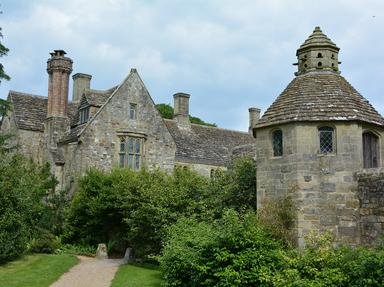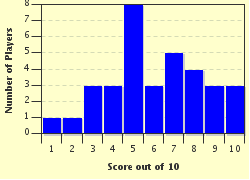Quiz Answer Key and Fun Facts
1. Jane Austen gave the first dialogue of 'Pride and Prejudice' to Mrs. Bennet, the mother of the novel's heroine Elizabeth Bennet. The name of which great estate completes her line: "My dear Mr. Bennet,...have you heard that _______ is let at last?"
2. Elinor and Marianne Dashwood, the main characters of Jane Austen's 'Sense and Sensibility', were forced to leave their great estate, Norland Park, after the death of their father. Which of their relations had inherited the property?
3. Jane Austen located the eponymous great estate of Mansfield Park in which English county?
4. Which of Austen's works featured a baronet who was forced to let out his great estate, Kellynch Hall, in order to pay off his debts?
5. Hartfield, the home of the eponymous heroine of Jane Austen's 'Emma', is described as a "sort of notch" in which great estate owned by Mr. Knightley?
6. In 'Sense and Sensibility', Mrs. Dashwood and her daughters moved to a cottage on a great estate in Devon that belonged to her cousin. What was the name of the estate?
7. In 'Pride and Prejudice', Elizabeth Bennet's aunt, Mrs. Phillips, was initially somewhat offended when her drawing room was compared to the "small summer breakfast parlour" at Rosings Park, until she discovered that Rosings was a great estate. What piece of evidence convinced her of its grandeur?
8. When Catherine Morland was invited to visit Northanger Abbey she was ecstatic at the thought of visiting a Gothic great estate, but in the end only one feature of her bedroom there excited her interest. Which one?
9. Described as "the noblest old place in the world", which great estate that featured in Jane Austen's 'Mansfield Park' was owned by Mr. Rushworth?
10. Pemberley was the great estate owned by Mr. Darcy in 'Pride and Prejudice'. Which character jokingly offered to buy it from him, noting that "I should think it more possible to get Pemberley by purchase than by imitation"?
Source: Author
Fifiona81
This quiz was reviewed by FunTrivia editor
LadyCaitriona before going online.
Any errors found in FunTrivia content are routinely corrected through our feedback system.

